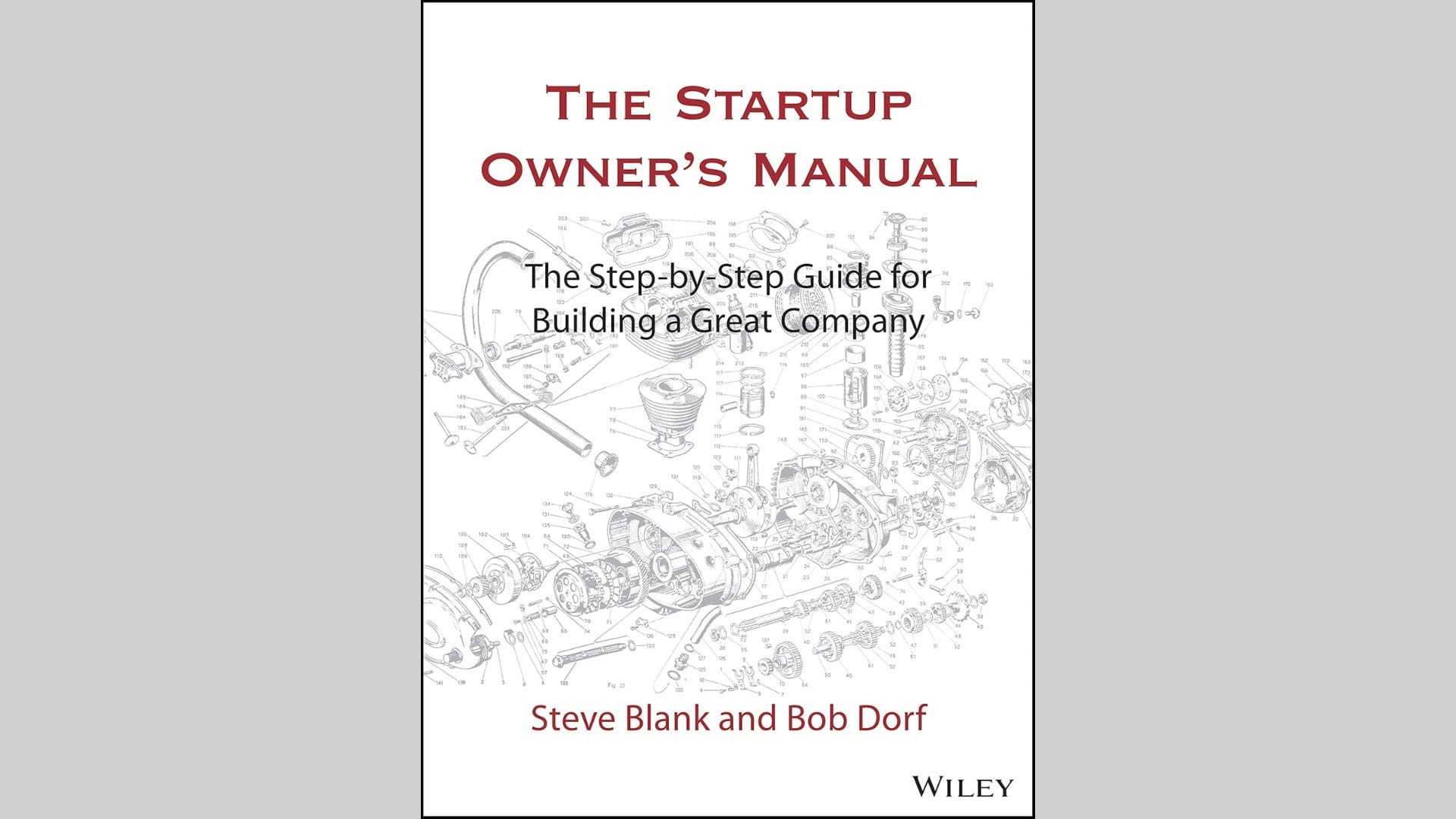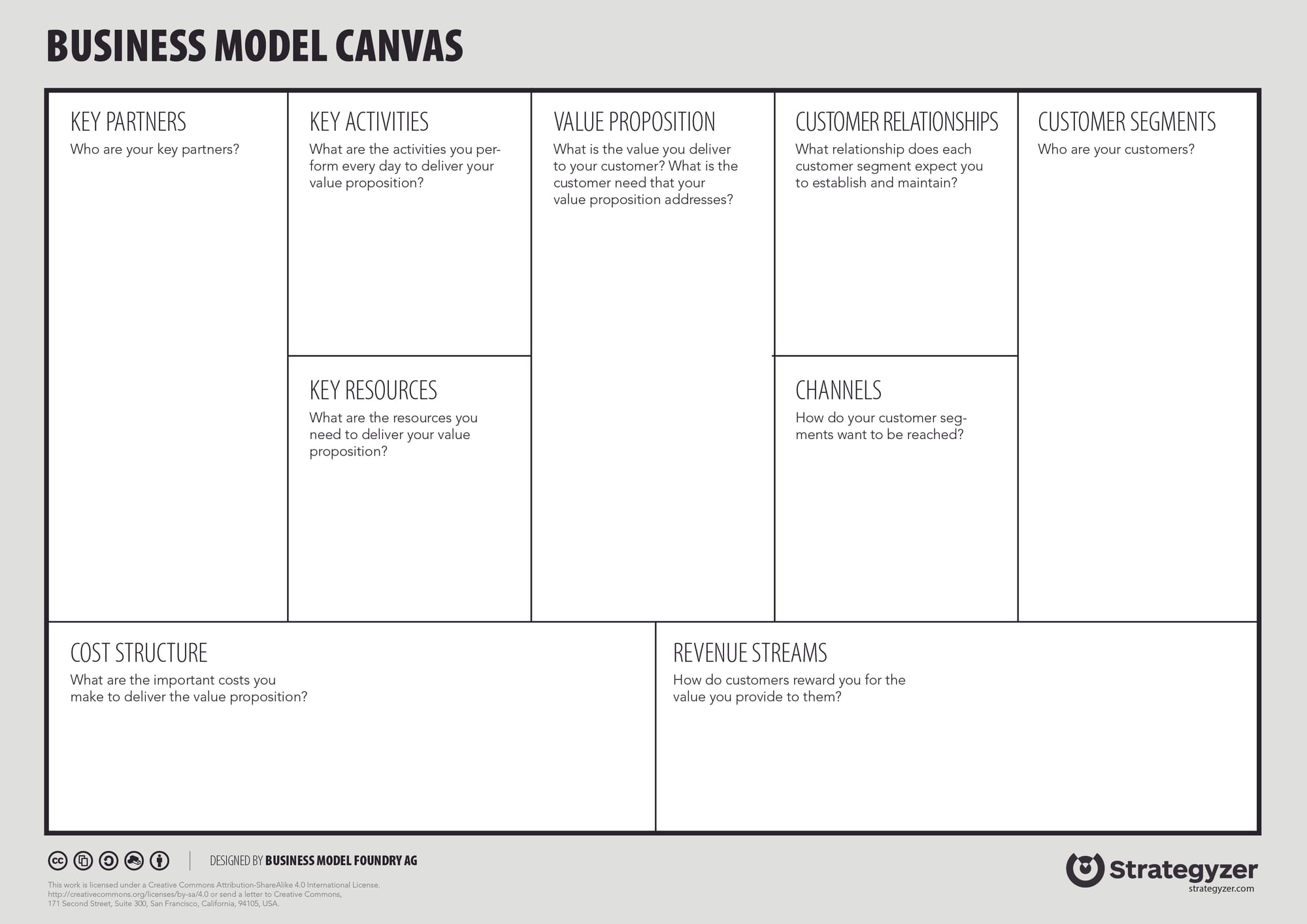Summary: The Startup Owner's Manual by Steve Blank and Bob Dorf

The Startup Owner’s Manual is more than just a guidebook for aspiring entrepreneurs. It’s a blueprint for building scalable, sustainable businesses through continuous learning and iteration. Below, we delve deeper into the book’s core frameworks and principles, providing additional insights, practical applications, and case studies to help founders succeed.
Deep Dive: The Customer Development Process
At the heart of The Startup Owner’s Manual is the Customer Development Process, a systematic approach to discovering and validating customer needs before scaling a business. Steve Blank argues that startups are not smaller versions of large companies. While established businesses execute known processes, startups operate in uncertain environments and must focus on learning before execution.
The Customer Development Process is broken down into four stages:
1. Customer Discovery
Purpose: Test whether the problem you are solving exists for your target customers.
• Key Activities:
• Conduct interviews with potential customers.
• Identify their pain points and unmet needs.
• Refine your value proposition based on feedback.
Example: Dropbox began as a simple explainer video demonstrating its core functionality. Instead of building a complex product, the founders validated customer interest by gauging the response to the video.
2. Customer Validation
Purpose: Ensure that customers are willing to pay for your solution.
• Key Activities:
• Build an MVP (Minimum Viable Product).
• Test pricing strategies and distribution channels.
• Confirm a scalable, repeatable sales model.
“A startup is a temporary organization designed to search for a repeatable and scalable business model.” – Steve Blank
3. Customer Creation
Purpose: Transition from learning to growing. This stage focuses on demand generation and customer acquisition.
• Key Activities:
• Develop marketing strategies.
• Scale customer acquisition efforts.
• Optimize conversion rates.
4. Company Building
Purpose: Shift the focus from learning to execution and scaling. This is where a startup becomes a mature company.
• Key Activities:
• Implement systems and processes.
• Expand the team and operations.
• Establish a corporate culture that supports growth.

The Power of the Business Model Canvas: Why It Works
The Business Model Canvas (BMC) is a critical tool for startups to visualize, test, and refine their business models. Unlike static business plans, the BMC is flexible and adaptable, making it ideal for early-stage startups. Here’s a closer look at the nine building blocks of the BMC:
Customer Segments
- Who are your target customers?
- Who will buy your product?
Value Propositions
- What problem are you solving?
- Why should customers choose you?
Channels
- How will you reach your customers?
- How will you deliver your product?
Customer Relationships
- How will you build customer loyalty?
- How will you keep customers engaged?
Revenue Streams
- How will you make money?
- What are customers willing to pay?
Key Resources
- What resources are essential to your business? What assets do you need to operate?
Key Activities
- What are the critical tasks you must do?
- What activities drive your business?
Key Partners
- Who are your key partners and suppliers?
- Who can help you scale?
Cost Structure
- What are your significant costs?
- How can you optimize your expenses?
The iterative process of updating the BMC ensures that startups remain agile and responsive to market feedback.
How to Pivot Successfully: Types of Pivots
One of the most misunderstood concepts in the startup world is pivoting. Many founders view it as a sign of failure, but Blank and Dorf argue that pivoting is a natural part of the learning process.
There are several types of pivots, each addressing a different aspect of the business:
1. Customer Segment Pivot
• Changing the target customer group.
• Example: PayPal initially focused on payments for Palm Pilots but pivoted to online payments for eBay users.
2. Value Proposition Pivot
• Changing the core benefit offered to customers.
• Example: Instagram started as a location-based app called Burbn but pivoted to focus solely on photo sharing.
3. Revenue Model Pivot
• Changing how the business makes money.
• Example: Netflix pivoted from DVD rentals to a subscription model.
4. Channel Pivot
• Changing the way the product is delivered to customers.
• Example: Slack started as an internal communication tool for a gaming company before pivoting to a standalone product.
“Pivots are not random guesses; they are driven by the data and insights you gather from real customers.” – Steve Blank
Startup Validation Quiz: Are You Ready to Scale?
Take this quick quiz to assess whether your startup is on the right track regarding customer discovery and validation.
Question Yes/No
- Have you conducted at least 20 customer interviews? Yes / No
- Do you have a clear value proposition that solves a real problem? Yes / No
- Have you built and tested an MVP with actual users? Yes / No
- Are customers willing to pay for your product or service? Yes / No
- Do you have a repeatable sales process? Yes / No
- Have you identified your key metrics (CAC, CLV, etc.)? Yes / No
Score Interpretation:
• 5-6 Yes: You are on track and ready to scale your startup.
• 3-4 Yes: You have validated some aspects, but more work is needed.
• 0-2 Yes: Your startup is still in the discovery phase. Keep validating!
Conclusion: Building a Scalable Startup Takes Iteration
The Startup Owner’s Manual is a game-changer for entrepreneurs. It provides a clear, actionable roadmap for building a startup through continuous learning and iteration. Success doesn’t come from a perfect business plan but from relentless customer discovery, validation, and adaptation.
The key takeaway? Embrace uncertainty, experiment, and pivot based on honest customer feedback.
